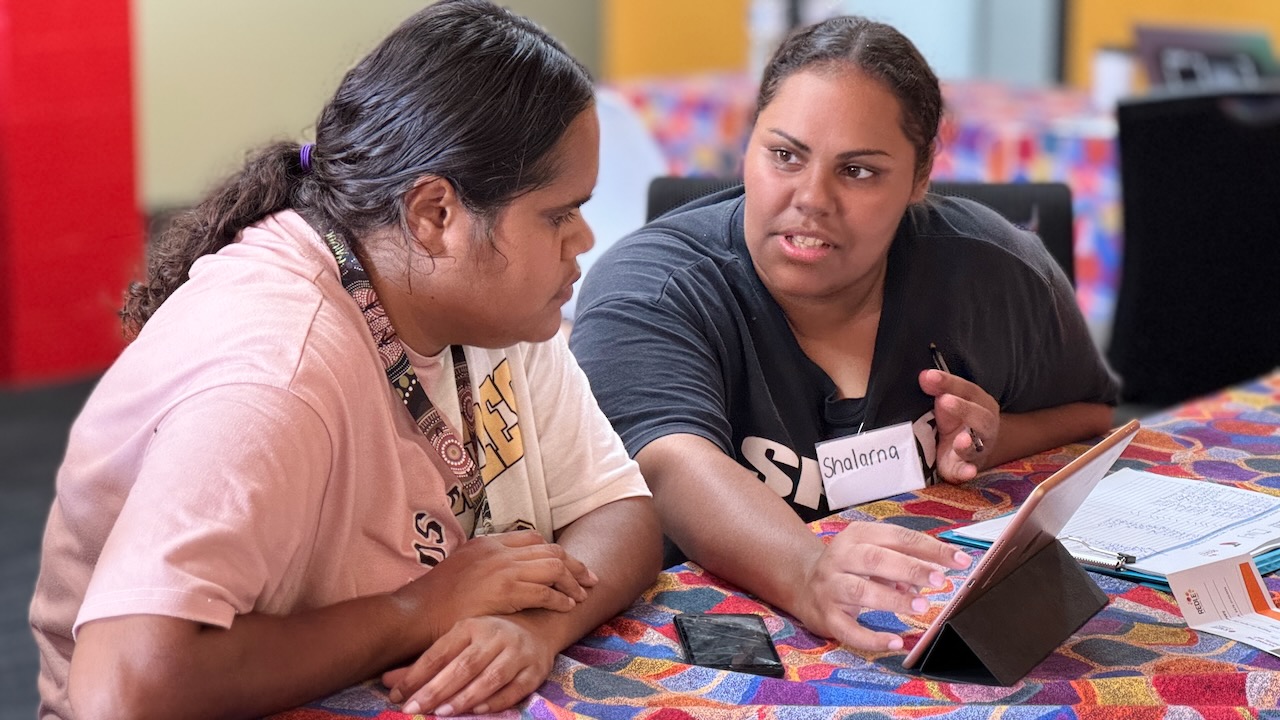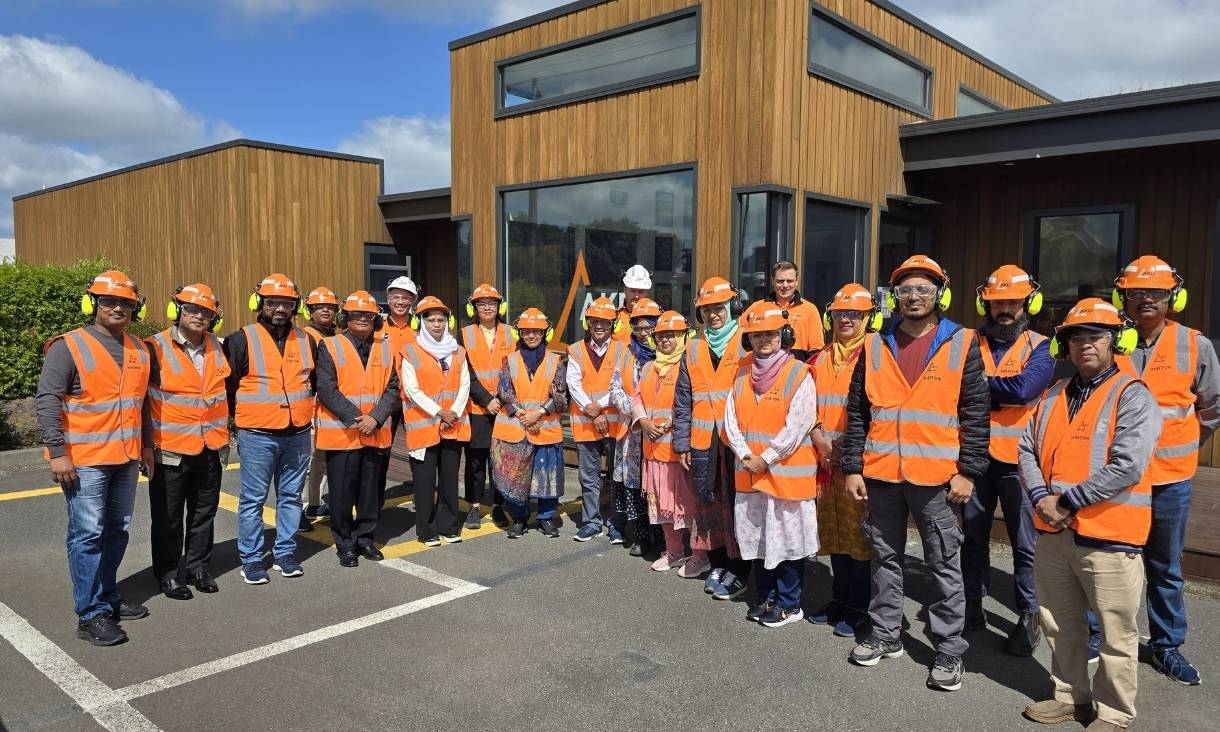Analysing 15 years of data, RMIT academics from the School of Economics, Finance and Marketing in partnership with Heartland Seniors Finance investigated for the first time how Australians spend the money they receive from their mortgage loans, with a focus on the use of equity release products.
The report, Reverse Mortgages – Financing Ageing in Place found the number of seniors using their residential mortgage loans to pay existing debt is increasing, with 31% of all equity release customers and 51% of new customers using their loan for this purpose.
This is a contrast to the number of people using the money for extra income, which accounted for only 29% of all customers and just 20% of new customers.
The report’s authors say a radical rethink of the how older Australians finance their retirement is needed, as the current way is leaving too many people behind.
The report calls for older Australians to utilise equity release products to access some of the money tied up in the home to finance their retirement.
A more mainstream use of these relatively unknown loan products could help solve the current problem that sees too many Australians – particularly older women – retiring without enough assets to enjoy a reasonable standard of living.
The ‘traditional’ three pillars of retirement funding – pensions, super and private savings, will be inadequate for many retirees, report lead author Associate Professor Stuart Thomas says, especially in the later stages of their retirement.
“The motive to stay in the family as long as possible is strong, but many retirees may not be able to afford to do so comfortably,” Thomas says.
“Equity release products have potential to be a fourth pillar of retirement however, they are not well understood, and the markets are not well developed in Australia.”
Reverse mortgages are one of two types of equity release. They allow a person to borrow money using the equity in the home as security.
According to the government website MoneySmart, seniors at age 60 can generally borrow up to 20% of the value of their home, with the amount accessible increasing to 50% for older borrowers and they can take the money as a regular income stream, line of credit, lump sum or a combination of the three.
Home reversion allows a homeowner to sell a proportion (a 'share' or 'transfer') of the future value of their home, while they live there. They receive a lump sum and keep the remaining proportion of their home equity.





